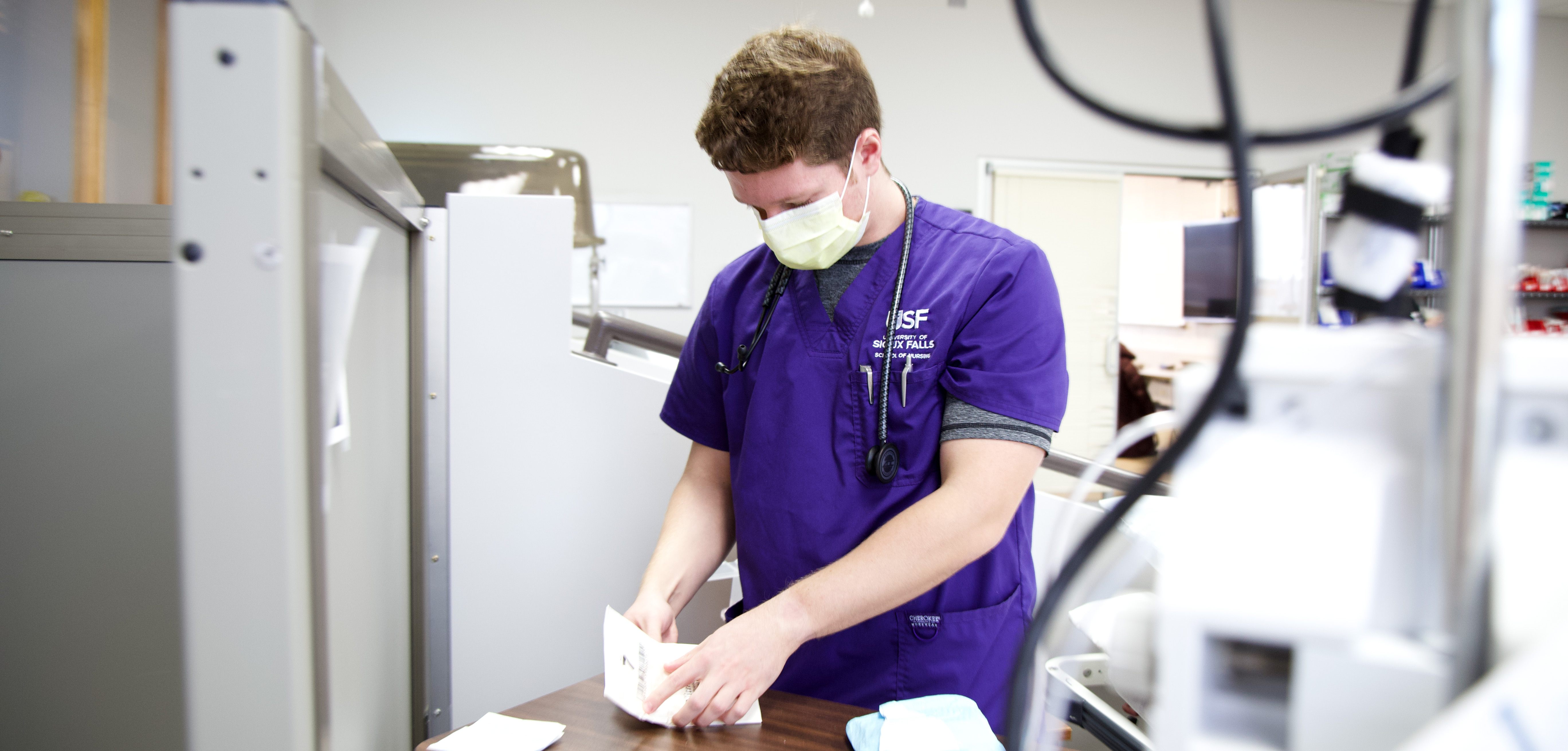Radiologic Technology
An Associate of Arts (A.A.) in Radiologic Technology is designed to provide students with foundational knowledge and skills to perform diagnostic imaging procedures such as X-rays, CT scans and MRIs.

A degree in radiologic technology offers graduates various career opportunities in healthcare. They can work as radiologic technologists, operating X-ray, MRI, or CT machines to create images of patients' bodies for diagnosis or treatment.
Others may specialize in areas such as mammography, nuclear medicine, or cardiovascular imaging, focusing on specific types of procedures or patient populations. Some graduates pursue roles in radiation therapy, assisting oncologists in delivering radiation treatments to cancer patients.
Average salary is based on a radiologic technologist position from Salary.com. Job posting data is for radiology technologist positions and is provided by Lightcast. This number represents unique job postings from companies looking to hire in the last 30 days as of May 2024.
USF offers two options for the radiologic technology degree tracks:
An Associate of Arts (A.A.) in Radiologic Technology is designed to provide students with foundational knowledge and skills to perform diagnostic imaging procedures such as X-rays, CT scans and MRIs.
A Bachelor of Science (B.S.) in Radiologic Technology prepares students for a career as a radiologic technologist, who perform diagnostic imaging procedures such as X-rays, CT scans and MRIs.

The best way to truly experience USF is to see it for yourself! Embark on a virtual tour or arrange an in-person visit to immerse yourself in the life of a University of Sioux Falls student.
Your future is calling at USF. Dive into the application process or request more information to embark on your journey today.